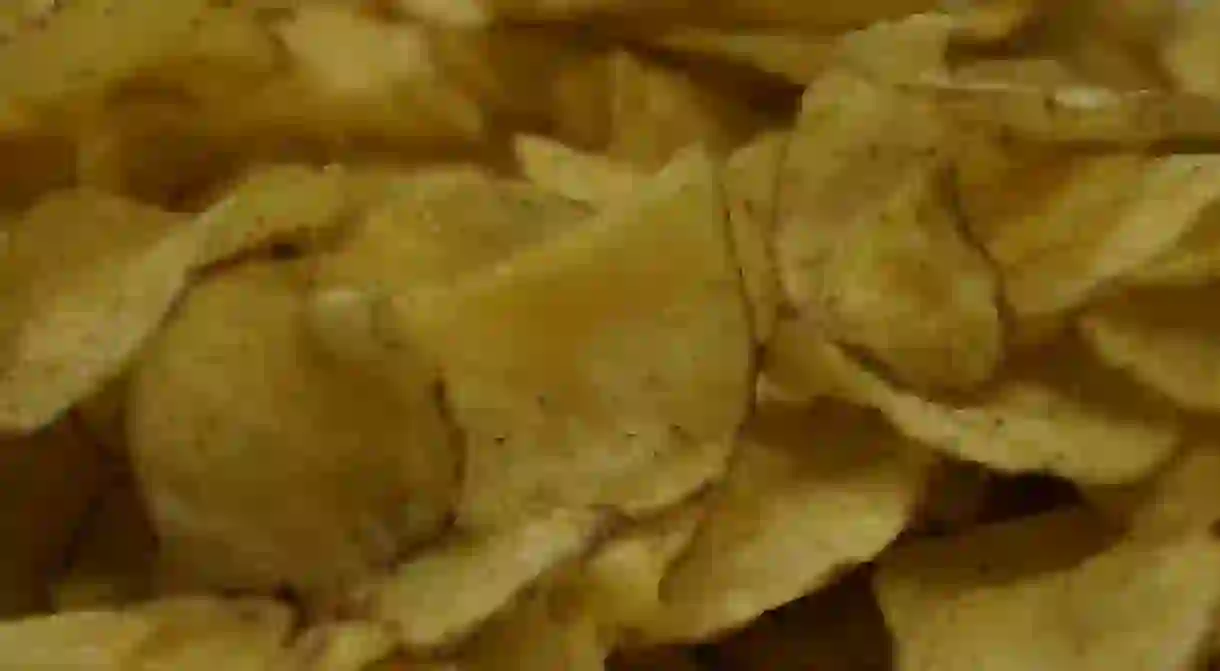New Zealand's Critical Potato Shortage Marks The Dawn of 'Chipocalypse'

Fears of an impending ‘Chipocalypse‘ abound in New Zealand as a wet winter has sprouted a nationwide potato shortage.
The alarm was raised when one of the major supermarket chains, Foodstuffs, warned that some of its main potato chip (crisps for our British readers) suppliers were struggling to meet demands for this highly desirable snacking staple. One of its supermarkets, Pak n’ Save, even put up signs advising customers about its ‘trouble stocking potato chips’ which was predicted to last ‘until the New Year’.

Social media quickly took note of this diminishing supply – with the hashtag #chipocalypse gaining plenty of traction on Twitter.
Kiwis I mourn for you #chipocalypse https://t.co/HtQQSAImmT
— Sam Blake (@samzblake) October 16, 2017
What is happening to New Zealand’s potatoes?
Industry body Potato New Zealand claims the ceaseless winter rain has devastated the North Island crops where you’ll find the cultivars used for crisping – in Pukekohe (South Auckland), Matamata (in the Waikato region), and the Horowhenua District (just north of Wellington).
While these only make up 15% of the national potato supply, other regions across the country have also taken a hit. The organisation’s chief executive, Chris Claridge, told Radio New Zealand that 20% of the usual supply has been lost because of the country’s volatile climate conditions.
We’ve had the entire year’s worth of rainfall already, so the rainfall is 25% above average and while that might not sound like a lot what it means is it’s continuous, so the soils never get a chance to dry out.

The weather has had two significant impacts on New Zealand’s potato crops. Pukekohe Vegetable Growers Association president Brent Wilcox recently told the New Zealand Herald that many yields have been lost because potatoes have rotted underground after the elongated rainfall periods. He also emphasised that keeping up with seasonal supplies has also been problematic:
Growers haven’t been able to plant the crops on time because the ground’s been so wet.
As for normal spuds? Those are mostly cultivated in the South Island, and are not believed to be in such a dire predicament. That being said, Kiwi shoppers have been hit with higher vegetable prices in recent months – with potatoes experiencing a 6.5% spike in the last year.

But it’s not all doom and gloom for the crispy staple. While the chips may be down, they won’t be out for too long: a spokesperson from Foodstuffs recently confirmed that ordering errors caused the supermarket chain to overestimate the impact of the nationwide scarcity on its supply.
New Zealand’s last potato shortage was in late 2014 to early 2015, with climatic conditions also being to blame.
The humble spud has been a part of Kiwi diets for more than 200 years, after British navigator Captain James Cook introduced the starchy tuber to Maori living in Queen Charlotte Sound. It was quickly adopted as part of the local diet because of its ease of cultivation across various climates – much different to kumara (sweet potato) which doesn’t like colder conditions. These days, production relies on 200 growers across the country, who collectively harvest approximately 525,000 tonnes of potatoes annually. A quarter of the annual crops are exported, with some 75,000 tonnes being made into French fries (i.e. the traditional chippies used for fish and chips).














